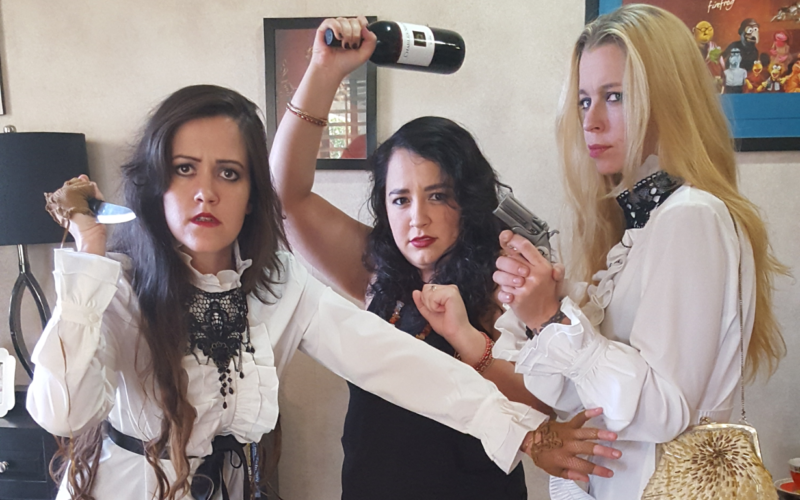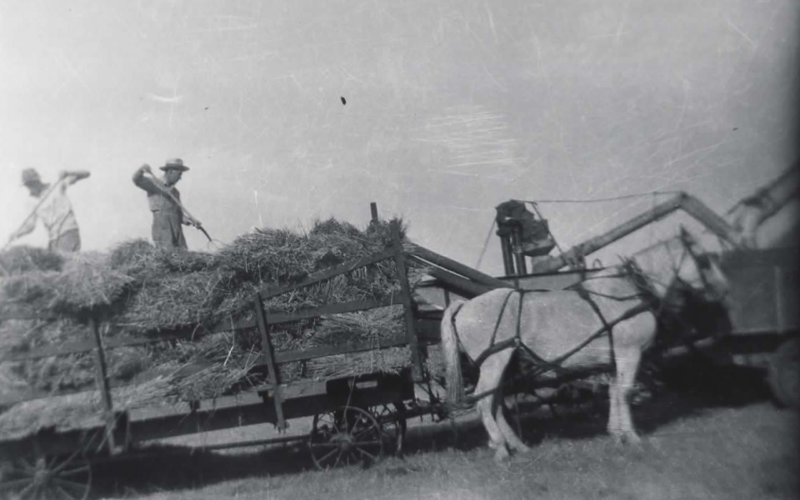
My readers may have noticed that although I often write articles about historical anniversaries, I didn’t do anything topical this Monday for Martin Luther King Jr’s Birthday. That’s because I limit myself to events that happened at least a century ago, and Dr. King was born in 1929. On the following day it occurred to me that in recognition of King’s civil rights legacy, I could write about steampunk novels that feature people of color – yes, these do exist.
Since steampunk began largely as historical science fiction set in Victorian Britain, it made sense that the protagonists were all white. America, however, was already a diverse society in the 1800’s. There have been several cases of secondary characters who were nonwhite, such as the Native American Princess Angeline in Cherie Priest’s Boneshaker. But I’m not aware of any minority protagonists before David Lee Summers’ “Clockwork Legion” series starring New Mexico sheriff Ramon Morales. See my review of Owl Dance, the first book in this series.
Another example is my own novel Fidelio’s Automata. The Cuban-born protagonist, Fidelio Espinoza, appears white enough to “pass,” although his mother’s African heritage gives him a unique perspective on the prejudice he sees around him. The Ione D novels I write with my wife Arlys have continued that tradition with Ione’s Guatemalan chaperon Magdalena in Miss Ione D. and the Mayan Marvel and her young Chinese friend Lily in Professor Ione D and the Epicurean Incident. Of course, there’s no point in writing minority characters as “tokens.” Rather, I feel that writing about people of different cultures and perspectives can make a story more interesting.
Lately, I’ve been wondering if the general “whiteness” of steampunk has contributed to the loss of interest from mainstream publishers. Some of the better-known writers who were writing steampunk around 2010 are not currently doing so, and the planned TV series Lantern City was never made. That’s a shame because there’s nothing wrong with these stories. The most important goal of fiction is to entertain, not to serve an agenda. Happily, this is becoming a moot point, as the mainstream route has become less relevant in recent years.
In any case, marketability has never been a major concern for me. Nor am I trying to make myself appear enlightened and virtuous. I write the stories that interest me, and I believe that if I do it well, there will be an audience. If however, readers indeed interested in having more minority characters in steampunk or any other genre, writers will provide. Hopefully, this will get more kids interested in reading, and encourage more minority writers as well. In this divisive era, anything that promotes cross-cultural understanding is a good thing.
Would you like to read steampunk with diverse characters? If so, check out our books Fidelio’s Automata and the Ione D. series.



































